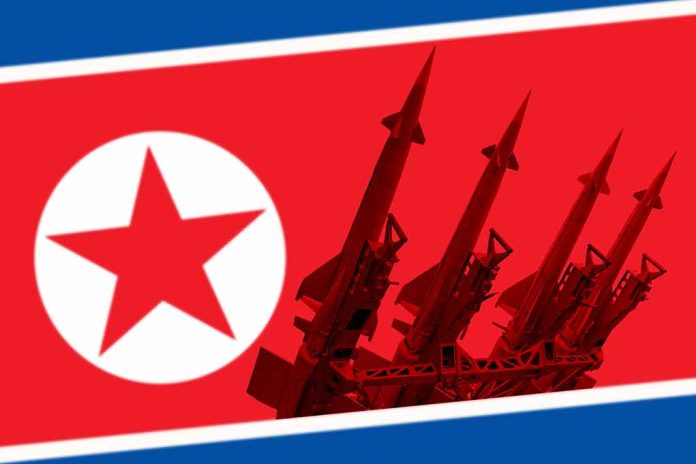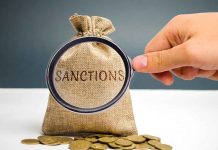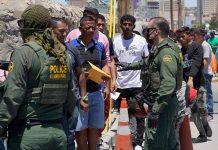
Kim Jong Un’s harsh response to a devastating flood has shocked the world.
At a Glance
- North Korean leader Kim Jong-Un ordered the execution of up to 30 officials for failing to prevent massive flooding and landslides.
- The flooding and landslides resulted in the death of approximately 4,000 people.
- The officials were charged with corruption and dereliction of duty.
- Kim Jong-Un ordered his team to “strictly punish” the officials after touring the devastated areas.
Executions Ordered by Kim Jong Un
North Korean leader Kim Jong Un has allegedly ordered the execution of 30 officials following devastating floods. The officials were reportedly held responsible for inadequate disaster response and the failure to prevent extensive damage. This move seeks to address public discontent and reinforce Kim Jong Un’s strict governance. The severe measure reflects the regime’s harsh approach towards perceived inefficiency and underscores the severe consequences faced by those within the government who fail to meet the expected standards.
The flooding and landslides resulted in the death of approximately 4,000 people. According to multiple sources, the North Korean leader ordered the executions after he toured the affected areas and assessed the damage. He directed his team to “strictly punish” the officials charged with corruption and dereliction of duty. These harsh measures aim to reinforce his grip on power and address the public’s outrage over the catastrophic loss of life.
Kim Jong-un executes 30 officials over floods in North Korea that killed 4,000: report https://t.co/170bENURZa pic.twitter.com/SqAPY0u9kc
— New York Post (@nypost) September 3, 2024
Accountability and Dismissals
Kim Jong Un was seen surveying damaged areas and meeting displaced residents, estimating that rebuilding could take months. During his assessment, he highlighted the severe neglect by the officials. He dismissed Kang Bong-hoon, the Chagang Province Provincial Party Committee Secretary, amid the crisis. The North Korean leader has previously demonstrated a zero-tolerance policy for failure, having allegedly executed Kim Hyok Chol, a nuclear envoy, in 2019 for failing to negotiate successfully with the United States.
Kim Jong Un stated, “Those who caused unacceptable casualties will be strictly punished.”
The flooding claimed about 4,000 lives and displaced more than 15,000 people. The executed officials were not identified publicly, but sources mentioned they were connected to corruption and failure in disaster preparedness. Louder criticism and pressure have mounted on Kim Jong Un’s government for its lack of adequate response and the harsh punishments doled out to the accused.
A History of Brutal Governance
Public executions in North Korea have reportedly increased significantly since the COVID-19 pandemic. In 2023, North Korea saw an estimated 100 public executions, highlighting the regime’s continued brutal governance. Kim Jong-Un’s focus remains on self-reliance and a strict, fear-based hold on power. The government has notably rejected international aid offers from countries like Russia and China, opting instead to rely on internal measures. This strategy continues to isolate the nation, forcing its citizens to face the brunt of natural disasters and government failures alone.
“It has been determined that 20 to 30 cadres in the flood-stricken area were executed at the same time late last month.”
Kim Jong Un continues to refute South Korean reports about the precise death toll from the floods, insisting that the government’s figures are accurate. His priorities on infrastructure and investments, including the long-stalled Ryugyong Hotel project, further illustrate his administrative approach. Despite these internal focuses, North Korea’s economic and social challenges remain acute, exacerbated by its isolationist policies and harsh governance.













